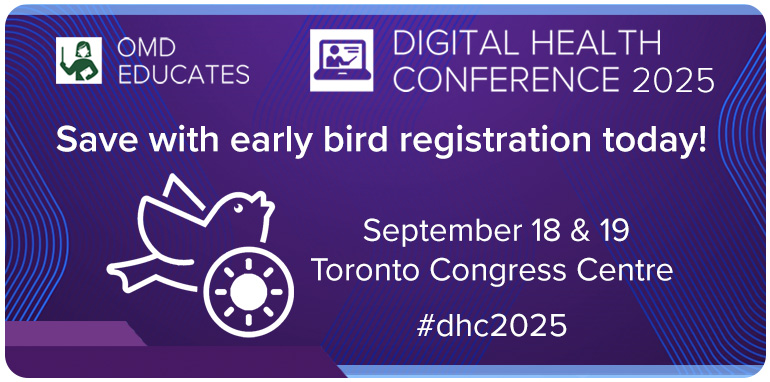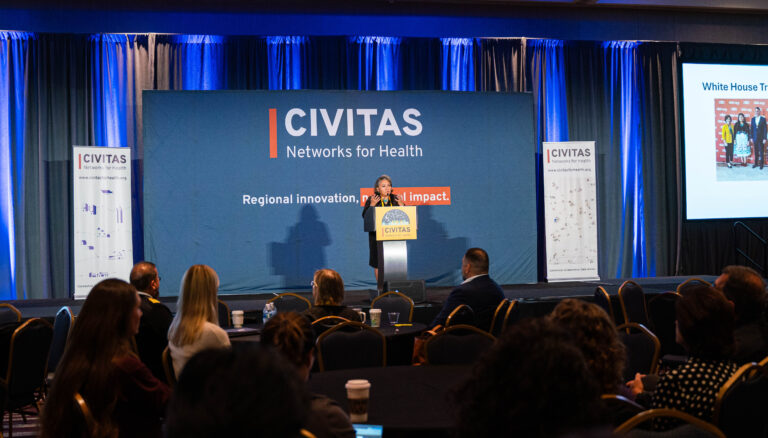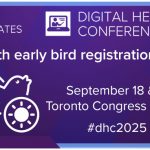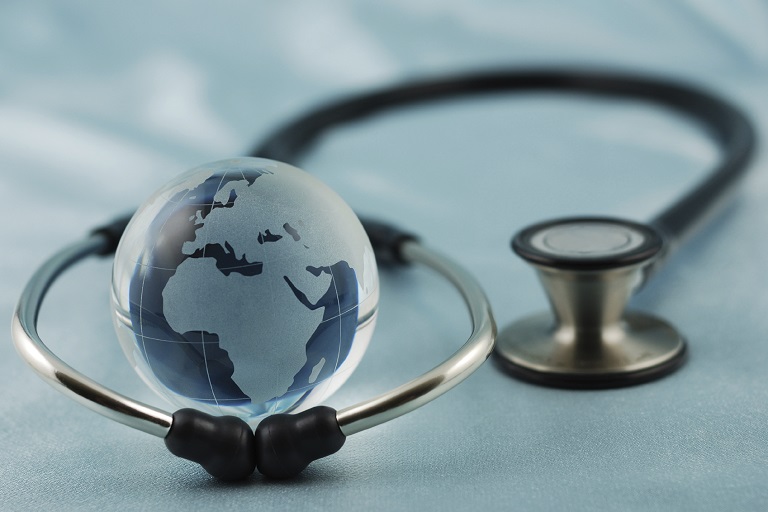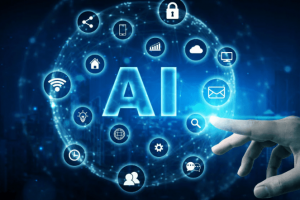Submitted by Ruzanna on Tue, 18/09/2018
Studying humidity conditions in designing and constructing homes, buildings and facilities is critical to the health and safety of the future occupants. It is not easy to notice a dry atmosphere as it is easy to determine cold temperature. Thus, controlling humidity in indoor environmentsgreatly necessitates the use of technology.
What is humidity?
Humidity is the amount of water vapor present in air. It plays an important role in our daily weather. Humidity is a key factor in the formation of clouds, snow, thunder, or lightning. However, too much or too little humidity can be dangerous to human health.
Humidity is measured in three ways:absolute, relative, and specific.
Absolute humidity describes the water content of air. It is calculated by dividing the amount of water vapor present to the amount of dry air at a particular temperature. Absolute humidity is expressed in either gram per cubic meter.Basically, the hotter the air, the more vapor it can hold.
Relative humidity refers to the ratio of the current absolute humidityto the highest possible absolute humidity, and is expressed in percentage. A relative humidity of 100% suggests that the air is totally saturated and can no longer hold more water vapor (which what happens during rain formation).
Meanwhile, specific humidity is the mass of water vapor per mass of moist air, and increases rapidly with increasing temperature.
How does humidity affect human health and safety?
Humidity affects human health in many ways. Humans, in particular, are more sensitive to changes in humidity. High humidity levels suggest that the air is already saturated with water vapor. Thus, in places where there is very high humidity, people feel hotter than the actual temperature. Likewise, very low humidity makes people feel colder than the actual temperature. This is because the dry air causes water a person’s sweat to evaporate more quickly. All these effects are linked to health and safety problems, from respiratory issues like asthma to difficulty breathing, and even mold problems.Humiditylevels mayalso affect on transmission of fluwhich is often confused with cold.
Humidity in the outside environment is hard to control. But within homes or buildings, it is possible. According to studies, therelative humidity of around 45% is ideal for humans. There are various tools and devices used today to control humidity, such as humidifiers and dehumidifiers.
Dehumidification Technologies: Types & Uses
Dehumidification is a process done to remove moisture from the air. In addition to promoting safety and protecting health, it is incorporated in building design and construction as an energy-saving feature.
Dehumidification technologies come in many forms. The most common is thedehumidifier. It works more like a vacuum cleaner – sucking air from a room in one end to take the moisture out before blowing it back into the room again. Dehumidifiers work in one of two ways: refrigeration and absorption.From basic home dehumidifiers that provide actual readings to more complex, industrial types, these devices have been a crucial aspect of indoor air quality monitoring. Other tools, such as air movers and air scrubbers are also designed to lessen indoor humidity by speeding up the drying process, particularly in water restoration works. They are also used to avoid condensation and prevent mold build-up on concrete surfaces.
There are different devices that are designed to lessen humidity in indoor environments. One of the most common is the use of cooling coils wherein the amount of moisture removed is relative to the temperature of the fluid. Fluids used are usually engineered fluids, refrigerants, glycol solutions, or chilled water.
Humidity may also be reduced through compression. This process reduces air’s capacity to hold moisture, condensing water even before it reaches saturation. A more advanced dehumidification process, which is still a subject of research and testing, is the electrostatic dehumidification. It involves the use of electrostatic fields to separate moisture vapor from air streams. What makes it different from traditional dehumidification methods is that it is said to significantly reduce energy use by eliminating the need for the water vapor to turn into liquid.
Dehumidification technologies have greatly improved over the past years. With the arrival of the newest methodologies and devices, controlling indoor humidity has gotten easier and has greatly contributed to improved quality of life.

















